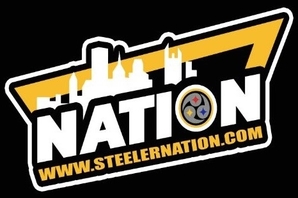When Italian dictator
Benito Mussolini consolidated power under his
National Fascist Party in the mid-1920s, an oppositional
anti-fascist movement surfaced both in Italy and countries such as the United States. Many anti-fascist leaders in the United States were syndicalist, anarchist, and socialist émigrés from Italy with experience in labor organizing and militancy.[SUP]
[26][/SUP]
Although there is no organizational connection, the lineage of antifa in America can be traced to
Weimar Germany,[SUP]
[27][/SUP] where the first group described as "antifa" was
Antifaschistische Aktion, formed in 1932 with the involvement of the
Communist Party of Germany.[SUP]
[28][/SUP]
After
World War II, but prior to the development of the modern antifa movement, violent confrontations with fascist elements continued sporadically.[SUP]
[29][/SUP]
Modern antifa politics can be traced to opposition to the infiltration of Britain's
punk scene by
white power skinheads in the 1970s and 1980s, and the emergence of
neo-Nazism in Germany following the
fall of the Berlin Wall.[SUP]
[24][/SUP] In Germany, young leftists, including anarchists and punk fans, renewed the practice of street-level anti-fascism.[SUP]
[24][/SUP] Columnist
Peter Beinart writes that "in the late '80s, left-wing punk fans in the United States began following suit, though they initially called their groups
Anti-Racist Action (ARA) on the theory that Americans would be more familiar with fighting racism than they would be with fighting fascism."[SUP]
[24][/SUP]
Dartmouth College historian Mark Bray, author of
Antifa:The Anti-Fascist Handbook, credits ARA as the precursor of the modern US antifa groups in the United States and Canada.[SUP][30][/SUP] In the late 1980s and 1990s, ARA activists toured with popular punk rock and skinhead bands in order to prevent Klansmen, neo-Nazis and other assorted white supremacists from recruiting.[SUP][24][/SUP][SUP][31][/SUP][SUP][32][/SUP] Their motto was "We go where they go" by which they meant that they would confront far-right activists in concerts and actively remove their materials from public places.[SUP][33][/SUP] In 2002, the ARA disrupted a speech in Pennsylvania by Matthew F. Hale, the head of the white supremacist group World Church of the Creator, resulting in a fight and twenty-five arrests.[SUP][24][/SUP]
Other antifa groups in the U.S. have other genealogies, for example in
Minneapolis, Minnesota, where a group called the Baldies was formed in 1987 with the intent to fight neo-Nazi groups directly.[SUP]
[19[/SUP]





